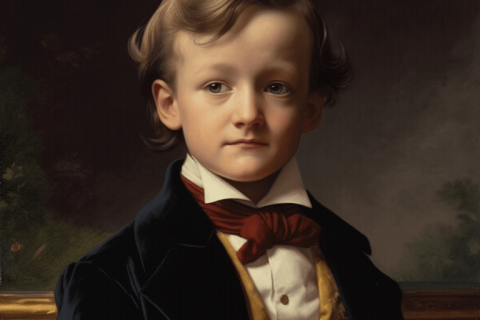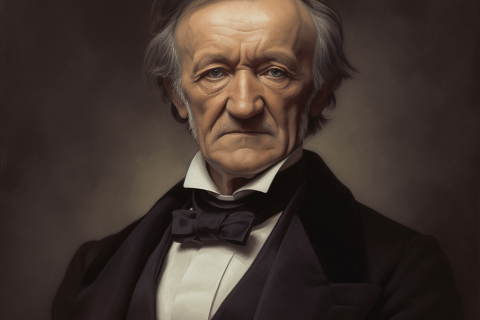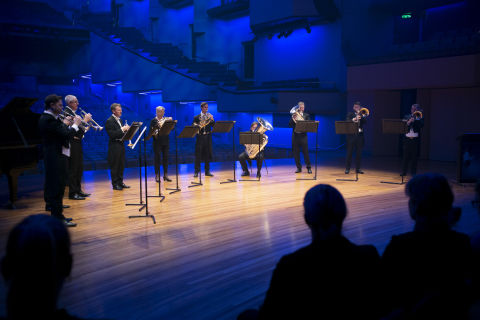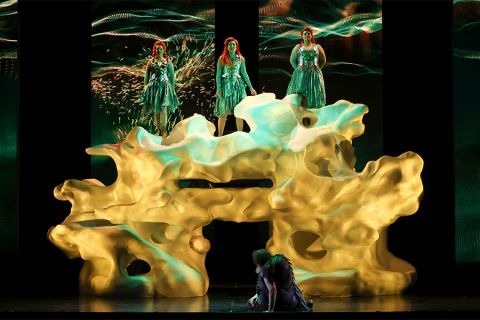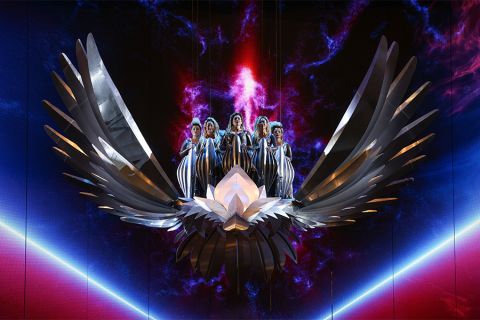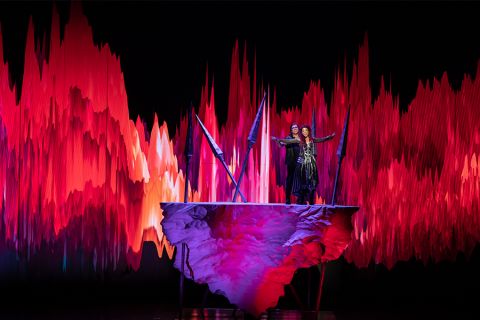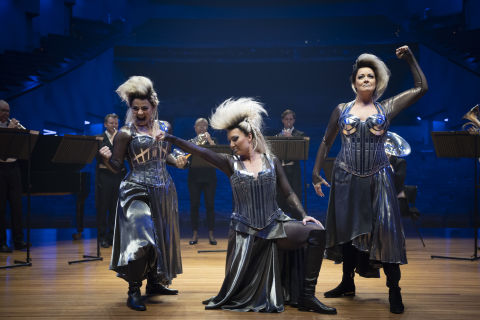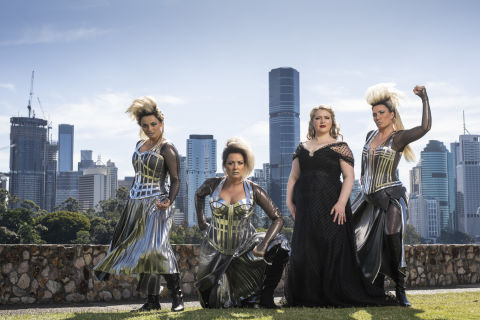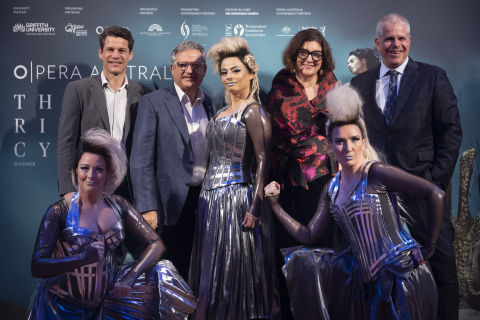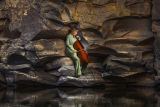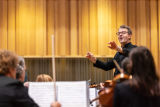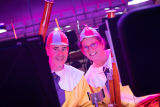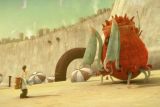Unveiling the Magnificence of Wagner's Ring Cycle
A Musical Odyssey
Blog ·
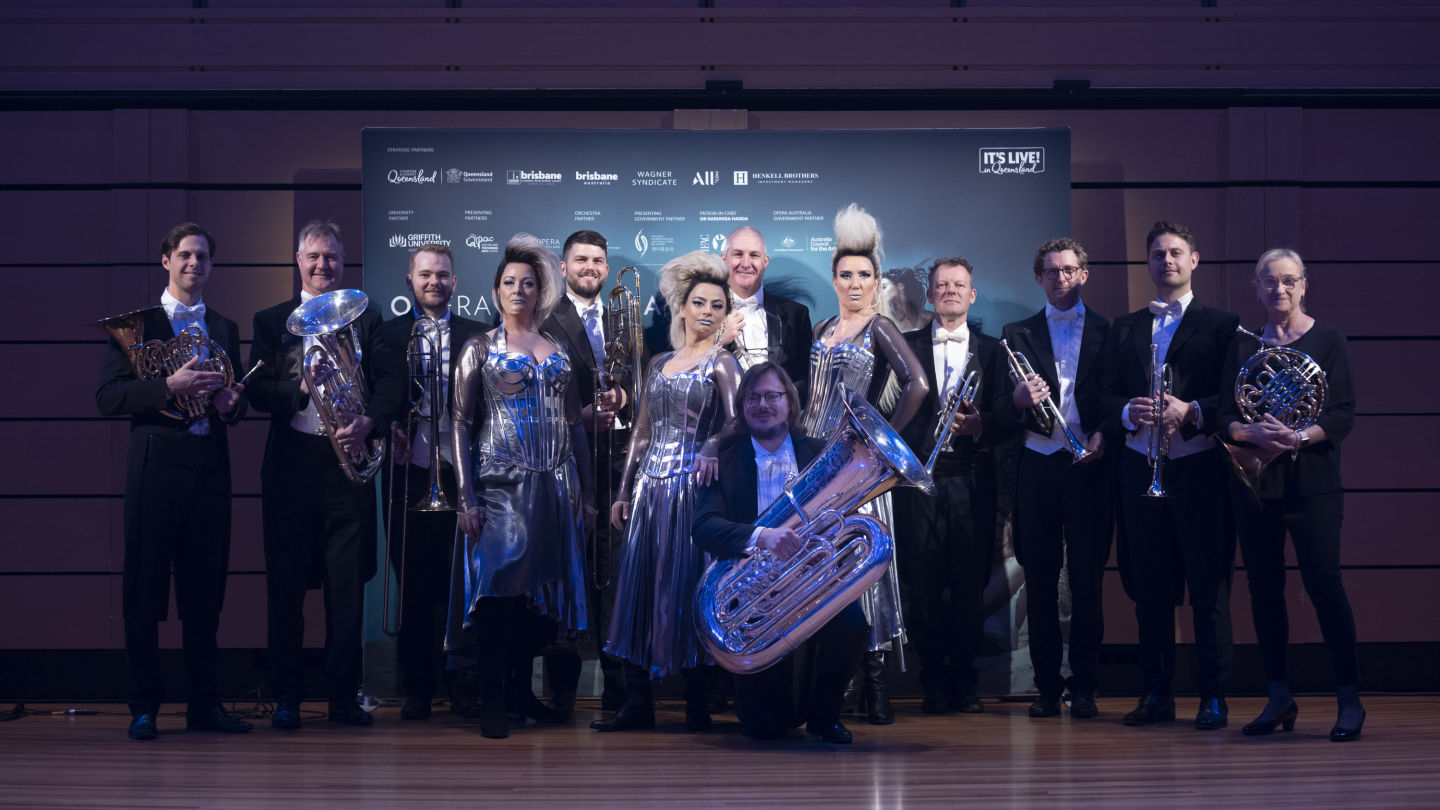
Introduction:
If you're a classical music enthusiast, the name Richard Wagner likely resonates deeply. Renowned for composing some of history's most iconic operas, Wagner’s influence on the world of classical music is unparalleled. His most ambitious and captivating creations is the epic four-opera cycle known as Der Ring des Nibelungen, or simply, the Ring Cycle.
Not only do these operas comprise almost 16 hours of music, they demand a huge orchestra, cast and visual spectacle.
Delving into the Ring Cycle:
Comprising four distinct operas, each a standalone yet interconnected narrative, the Ring Cycle unfolds as a grand saga rooted in Norse mythology. The operas in the cycle are: Das Rheingold, Die Walküre, Siegfried, and Götterdämmerung. Wagner himself referred to this monumental work as a "festival play of four individual works" embodying the world's genesis and ultimate demise.
Fun Facts to Pique Your Interest:
Before dismissing the Ring Cycle as too daunting, consider these intriguing facts that might just ignite your curiosity:
- Norse Mythology Connection: The Ring Cycle draws inspiration from Norse mythology, and Scandinavian folk stories, the same source material that inspired J.R.R. Tolkien's legendary Lord of the Rings. If you're a fan of Tolkien's work, there's a good chance Wagner's opus will captivate you.
- Setting Along the Rhine Rivers: The operas are set against the backdrop of the Rhine rivers in Germany, providing a cultural and geographical richness to the narrative.
- Innovative Instruments: Wagner introduced new instruments, including a specially crafted tuba, blending the qualities of a French horn and a saxophone, to enrich the harmonies of the composition. The Ring Cycle also led to the development of the "Wagner bell," allowing the bassoon to reach unprecedented low notes.
- Lengthy Labor of Love: Wagner invested an impressive 26 years in crafting the complete Ring Cycle, a testament to his dedication to this magnum opus.
- Total Duration: Spanning four nights, the full cycle boasts almost 16 hours of music, making it a truly immersive experience.
- Evergreen Cultural Impact: Wagner's "Ride of the Valkyries" remains a powerful musical motif, frequently used in film, television, and commercials to heighten dramatic moments. Remember the helicopter scene in Apocalypse Now?
- Leitmotif Innovation: Wagner pioneered the use of leitmotifs—distinct musical themes associated with specific characters, a technique later echoed in iconic franchises like Star Wars.
- Wagner's Holistic Approach: Wagner believed in creating a complete sensory experience, pioneering the concept of a "total work of art" that seamlessly integrated music, drama, and set design.
- Enduring Legacy: Despite being composed over a century ago, Wagner's operas continue to be performed globally, showcasing their timeless appeal.
Bayreuth Tradition: The Ring is a regular feature at The Bayreuth Festival ( it is a music festival held annually in Bayreuth, Germany) at which performances of stage works by the 19th-century German composer Richard Wagner are presented.) with an average waiting time of 14 years for tickets, attesting to its enduring popularity.
To those hesitant to embark on this operatic journey, consider this point:
The combined duration of the entire Ring Cycle is nearly like watching all the The Harry Potter Series ( 19 hours 26 minutes) across multiple nights, or enduring a cricket game (sorry!)
In Conclusion:
The Ring Cycle stands as a testament to Wagner's genius and continues to captivate audiences worldwide. If you're ready for a musical adventure that transcends time and genre, immerse yourself in the grandeur of Wagner's Ring Cycle—it's an experience unlike any other
